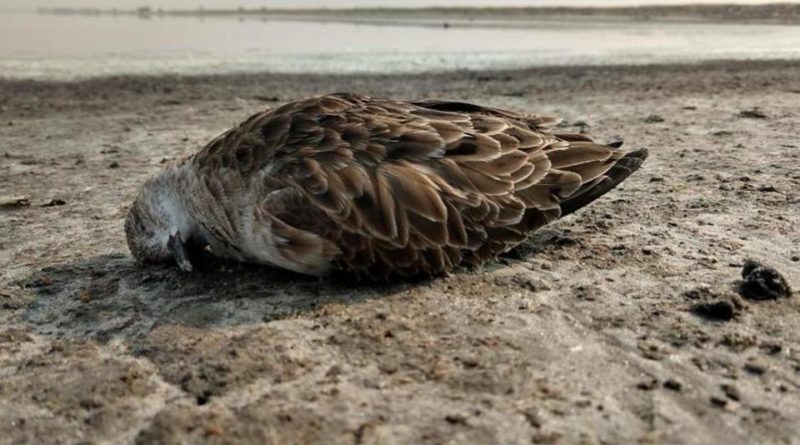More than 1,000 migratory birds found dead near Sambhar Lake in Jaipur
At least 1,000 migratory birds, spanning 13-15 species were found dead around the Sambhar lake in Jaipur district of Rajasthan over the past fortnight, forest officials said, adding that the exact cause of the deaths will be known once the reports of their viscera samples comes by the end of the week.
Officials are yet to ascertain the cause of the deaths but suspect that the reason was a hailstorm that hit the area a few days ago. They are awaiting the viscera test reports.
Sambhar Lake is India’s largest inland salt lake. It is a recognised wetland of international importance, spreads across 190 to 230 square kilometres, and hosts thousands of migratory birds during winters.
Estimated to be between 1000 and 1200, the dead bodies were found around a section of the Sambhar Salt Lake named Ratan Talab. The dead birds included different species of waders and ducks, including the likes of pallas’ gull, ruddy shelduck, ruddy turnstone, gull-billed tern, redshanks, blackwinged stilts, common coots, plovers, avocets, shovelers and sandpipers. The carcasses of 669 birds were buried in a ditch, while many still lay strewn around.

This is the second such incident in the state within a week. On November 7, as many as 37 demoiselle cranes were found dead at the Vijay Sagar Lake in the Alwar district of Rajasthan. However, no link has been found in the two mass-death incidents, as the cranes supposedly died after eating poisoned grain.
As the region witnesses a huge number of winged visitors during the winter season, forest department is running against time to identify and address the cause of such mass deaths. Veterinarians suspect water contamination or algae poisoning to be the primary reason behind the deaths.
The lake has always attracted a host of migratory birds that travel tens of thousands of kilometers, typically to escape harsh winter conditions. However, the developmental activities around Sambhar in recent years, including the extension of salt pan operations, new settlements and changes in the weather, have reportedly decreased the number of birds flocking to the lake.




